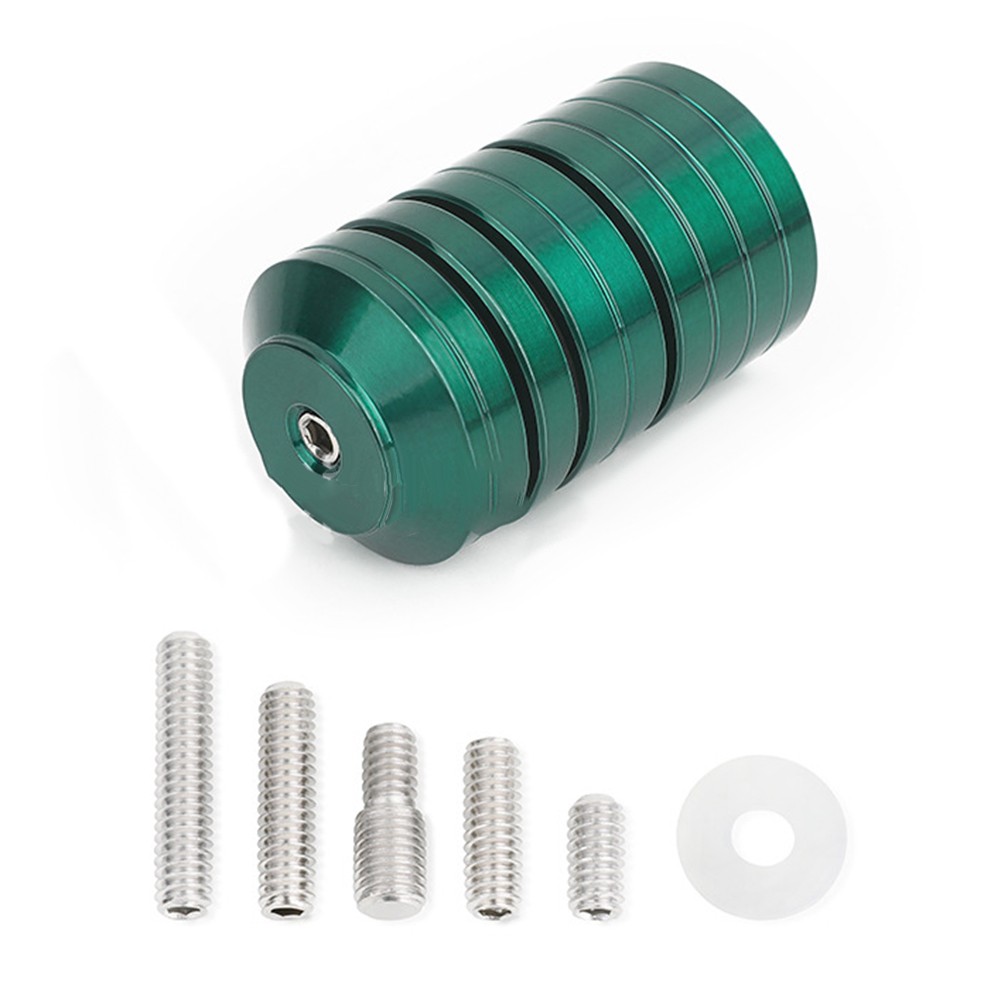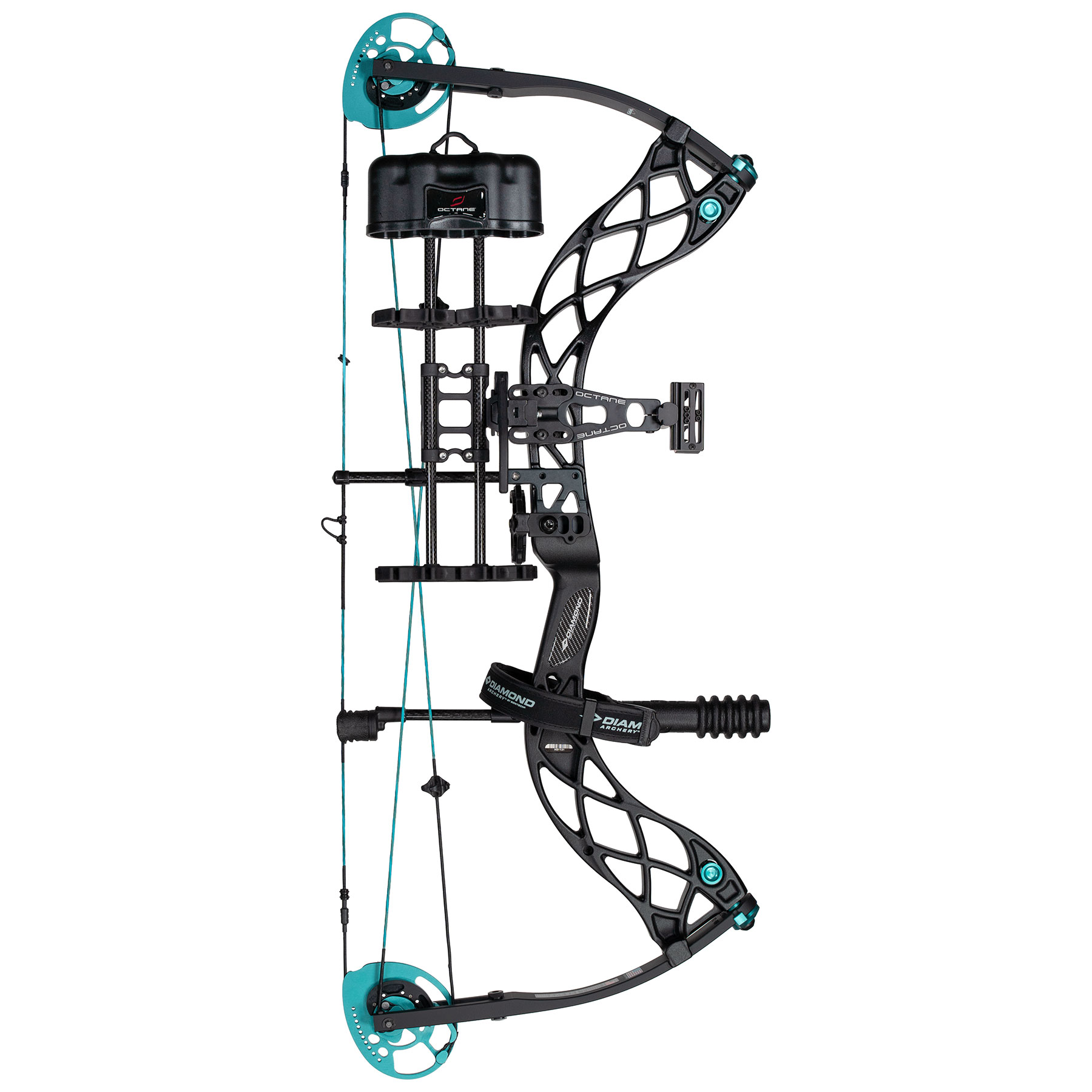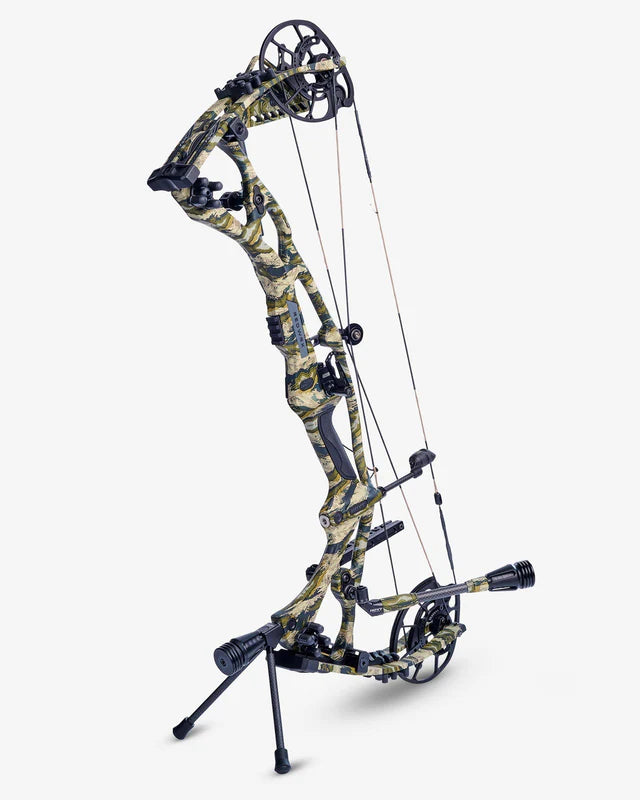Bow Stabilizer Purchasing Guide: Whatever You Need to Know Before You Purchase
Bow Stabilizer Purchasing Guide: Whatever You Need to Know Before You Purchase
Blog Article
Increase Your Archery Performance: The Ultimate Guide to Bow Stabilizer Configuration
Enhancing your archery efficiency calls for a thorough approach to every facet of your equipment setup. Amongst the numerous parts that add to accuracy and stability, the bow stabilizer plays a critical role in refining your shot implementation. Recognizing just how to enhance your bow stabilizer configuration can result in significant improvements in your total accuracy and consistency on the range or in the area. As we dig into the complexities of selecting the best stabilizer weight, positioning, and adjust methods, you will certainly uncover the key to unlocking your full possibility as an archer.
Understanding Bow Stabilizers
In the realm of archery equipment, the role and feature of bow stabilizers stand as essential elements for enhancing shooting accuracy and security. Bow stabilizers are created to decrease bow torque, decrease vibrations, and aid in holding the bow constant throughout the intending and launch procedure. By connecting a bow stabilizer to the riser of the bow, archers can experience improved balance and minimized hand shock, causing more regular and specific shots.
The main function of a bow stabilizer is to wet any type of resonances that happen upon launching the arrow. This decrease in resonance not just boosts the shooter's convenience but additionally assists preserve emphasis and control throughout the shot cycle. Furthermore, bow stabilizers help in reversing the weight of accessories affixed to the bow, such as sights, quivers, and arrowhead rests, making certain ideal weight distribution for enhanced stability.
Comprehending the mechanics and benefits of bow stabilizers is critical for archers wanting to adjust their shooting performance and achieve higher accuracy on the range or in the field.

Picking the Right Stabilizer Weight
Selecting the suitable weight for your bow stabilizer is a crucial element of maximizing your archery configuration for improved shooting efficiency. The stabilizer weight straight affects exactly how efficiently the stabilizer reduces vibration and stabilizes your bow during the shot. When choosing the best stabilizer weight, it's vital to consider your shooting style, bow equilibrium, and individual preferences.
Lighter stabilizers, typically evaluating between 3-6 ounces, are favored by archers that focus on ability to move and quick target acquisition. On the other hand, much heavier stabilizers, varying from 8-12 ounces or even more, are preferred by target archers looking for maximum security and minimized bow movement.
Eventually, the best stabilizer weight for you will rely on your capturing objectives and preferences. Trying out various weights and discovering the one that supplies the ideal equilibrium of stability and maneuverability is key to enhancing your archery efficiency.
Setting Up Your Bow Stabilizer
To correctly install your bow stabilizer, guarantee that you have all the needed tools and comply with these step-by-step guidelines for a efficient and secure configuration. Beginning by recognizing the front stabilizer bushing on your bow riser. A lot of bows have pre-threaded holes for stabilizer installment. Next, apply a little quantity of bowstring wax to the threads of the stabilizer screw to stop it from loosening throughout use.
Carefully string the stabilizer right into the front bushing by hand, making certain not to cross-thread it (bow stabilizer). Once the stabilizer is snugly in place, utilize an appropriate wrench to tighten it securely. Prevent over-tightening, as this can cause damage to the bow or stabilizer
After installing the stabilizer, check to guarantee it is straight and aligned with the bow. Some stabilizers come with flexible weights or dampeners; adjust these according to your preferences and shooting style. Test the bow to guarantee the stabilizer is successfully lowering resonance and enhancing your shot try here consistency.
Changing Stabilizer Position for Precision
After installing the bow stabilizer firmly, enhancing its setting is essential for improving accuracy in your capturing. The setting of the stabilizer can dramatically affect the equilibrium and security of your bow during the shot cycle. To adjust the stabilizer for optimum accuracy, beginning by try out various positions. Relocating the stabilizer closer to the riser can help in reducing the bow's general weight circulation, possibly boosting your intending stability. Conversely, extending the stabilizer further out can improve the bow's forgiveness and bow stabilizer lower the effects of torque on the shot.
When changing the stabilizer position, consider the kind of capturing you do. For target archery, a longer stabilizer positioned even more out may be valuable for added security during the intending procedure. On the other hand, seekers might favor a much shorter stabilizer for better ability to move in the field. Keep in mind to make tiny changes and check your configuration after each adjustment to identify the optimum position for your shooting style and preferences.
Fine-Tuning Your Stabilizer Arrangement

In addition, consider the placement of any type of dampeners or weights along the stabilizer pole. Relocating these parts closer to or better from the riser can alter the stabilizer's general result on your bow's balance. Fine-tuning these details can help in reducing vibration, minimize hand shock, and boost total control throughout the shot execution.
On a regular basis reassess your stabilizer configuration as your capturing method progresses to guarantee it continues to match your form and shooting goals. By finetuning your stabilizer setup with accuracy and care, you can enhance your bow's efficiency and boost your archery skills to brand-new heights.
Conclusion
In verdict, useful content enhancing your bow stabilizer configuration is critical for boosting your archery efficiency. By comprehending the function of stabilizers, choosing the suitable weight, properly mounting and positioning the stabilizer, and tweak its setup, you can boost your accuracy and uniformity in shooting. Make the effort to experiment with different configurations and adjustments to find the setup that functions best for you and helps you attain your archery objectives.
Bow stabilizers are developed to minimize bow torque, minimize vibrations, and help in holding the bow consistent during the aiming and launch procedure. By affixing a bow stabilizer to the riser of the bow, archers can experience enhanced balance and lowered hand shock, resulting in even more constant and specific shots.

The stabilizer weight directly affects exactly how effectively the stabilizer lowers resonance and stabilizes your bow during the shot. bow stabilizer. By recognizing the objective of stabilizers, choosing the suitable weight, correctly installing and placing the stabilizer, and adjust its configuration, you can enhance your accuracy and uniformity in capturing
Report this page